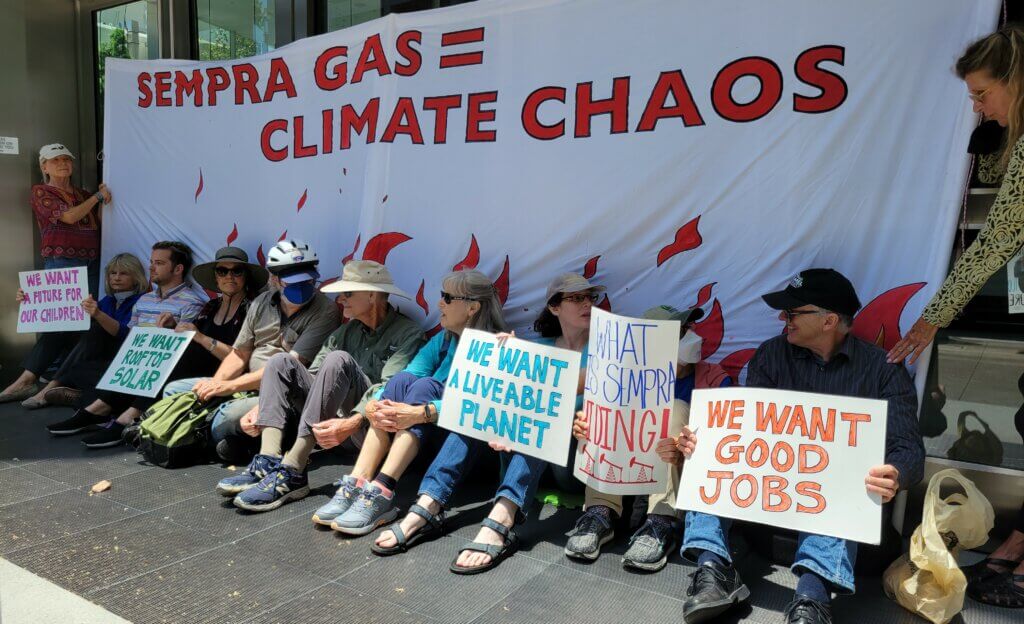
By Marlyn Bruno, Newsletter Reporter
When a country’s citizens want to protest a law or policy that is harmful to them, they can do a few things without disobeying any law: vote to elect representatives that support their interests; contact their current representatives at all levels of government to address their grievance or point of view; write articles, letters, blogs, etc. to media outlets; join forces with other like-minded organizations; or file a lawsuit to inflict economic and other pain on the perpetrator of the harmful policy.
But they can also protest by breaking a law. Violent civil disobedience involves the physical engagement of citizens with or without deadly weapons, like the January 6th insurrection, which broke criminal and civil federal, state and municipal laws like trespass, assault, battery, etc. Peaceful civil disobedience by definition must be non-violent, although it also involves physical engagement, like participating in a march, strike, or sit-in. The laws that are broken are usually created by cities – like requiring that a group obtains a permit before it is allowed to march or assemble in large numbers on a public sidewalk that may block passage of other citizens. What are the consequences of civil disobedience? If the target of the protest is hard-nosed, the protesters could be arrested, jailed and forced to pay a fine. This has happened repeatedly throughout world history, under every form of government from democracies to monarchies. In one of the most famous acts of civil disobedience, which would go on to inspire millions, Mahatma Gandhi protested the British tax on salt in 1920and hundreds of followers were beaten until independence was achieved.
Throughout American history, we see examples of peaceful civil disobedience: In the 1770s, the colonists staged the Boston Tea Party in costume so they could not be identified; in the 1900s, the suffragettes demanding the vote for women were jailed and, when they went on hunger strikes, violently force-fed so they would not die; in the 1960s, students protested the Vietnam war and Civil Rights leaders led sit-ins, marches and other protests, were jailed along with their followers, and were often killed.
Were these protests successful? Publicity made them successful, so the goal of peaceful disobedience today has to involve publicity.
Our local movements can learn a lot from these historical examples. One recent successful act of peaceful civil disobedience occurred on June 8, 2022, when activists from the San Diego Green New Deal Alliance, San Diego 350, universities, and concerned residents sat down in from of Sempra’s doors for several hours to protest the expansion of the utility company’s continued fracking for natural gas and burning fossil fuels, efforts to kill rooftop solar, and profiteering from skyrocketing energy rates. (Click here to see an album of photos from the event.) Several local media outlets reported on the sit-in as well, gaining much-needed publicity. The protesters are planning additional protests and actions of civil disobedience, described on the following website: Sempra Fracks Our Future campaign. So if you want to see peaceful civil disobedience in action, you can embrace the cause against Sempra and join the next protests in your own backyard.
